An unarmed Black man named George Floyd died May 25 in Minneapolis at the hands of a cop, while three of his coworkers stood by and watched. In the video that has traveled around the world, you can see the officer’s knee on Floyd’s throat, as well as hear Floyd’s pleas for the officer to remove his knee from Floyd’s throat, telling him clearly and repetitively, “I can’t breathe.”
After the video went viral, more information was released—the officer, Derek Chauvin, had known Floyd for years, and, with the help of another recording of the encounter, you can see officers beating up Floyd in the backseat of the police car while one cop stands watch, before throwing Floyd to the ground. You can hear Floyd say, “You’re going to kill me,” as well as hear bystanders echoing that.
Still, Chauvin kept his knee on Floyd’s throat for 8 minutes and 46 seconds, even after he called for emergency medical services and Floyd had been unconscious for three minutes. It wasn’t until EMS arrived and told Chauvin to remove his knee that he did. By then Floyd was limp, and quickly went into cardiac arrest and died. Chauvin, who was initially charged with third-degree murder on May 29, was charged June 3 with second-degree murder, while the other three officers at the scene were charged with aiding in Floyd’s death.
Floyd’s is only one of many Black lives lost this year to police brutality. There was trans man Tony McDade, shot and killed in May by police in Tallahassee, Florida. Ahmaud Arbery, who was killed while jogging in Glynn County, Georgia, in May. Breonna Taylor, who was killed in March by officers in her Louisville, Kentucky, home while asleep. For these people and many others, justice has not been served, and as a response to the unjust treatment of Black people, protests have broken out across America and now spread globally.
On Sunday, May 31, I drove to Cesar Chavez Plaza in downtown Sacramento for an event held by the Anti-Police Terror Project to take part in solidarity action. Before this I had only attended a women’s march at the Capitol after the election of Donald Trump, but as a biracial woman I felt it was important to be a part of this movement. Still, I didn’t know what to expect. I had seen news reports of looting and chaos on the streets, but as I walked to the park located two blocks from the Capitol, the scene was peaceful.
By 2 p.m. a sizable crowd had started to gather around the stage. I saw people of all different ages and ethnicities scattered across the lawn. People arrived and dropped off donations at tables—cases of water, granola bars, fruit snacks, bandages, gauze, goggles, hard hats—available for everyone. On the stage there was a table with a flag that read “Black Lives Matter.” Organizers of the event called upon people to light candles, leave pictures of loved ones and flowers, and ground themselves.
The speakers at the event emphasized that they were not there to tell us what to do, should we decide to participate in that evening’s protest, but rather to provide information to help us stay safe and protected. Some speakers provided information on what to do if people were shot, about different types of bleeding—arterial or venous—and how to deal with each. They taught us how to wrap a wound and how to make a splint. They informed the crowd about what to do if tear gassed and what protective gear we might need.
A woman took the stage, a mother whose son died due to police brutality. She said she wanted everyone to remember why we were here, and said she hoped for God and justice to be present. Together we prayed. We chanted the names of the innocent Black lives that have been lost. For an hour I sat on the grass and listened to speakers share their experiences with police, or stories of loved ones no longer around to share their own. Everyone was supportive and accepting. One woman teared up onstage and asked for a minute to gather herself, and the crowd erupted into applause as people screamed, “We love you! Let it out!”
What was most remarkable about the group was the diversity—Black people, white people, Mexican people, Asian people, indigenous people, queer people, trans people, disabled people, young people, old people. All kinds of people who society has traditionally tried to shame came together to support the Black Lives Matter movement. It was a beautiful safe place. At one point a trans woman took stage to share her story of being sexually assaulted by police, and everyone cheered in support.
Then a man who was not with the organizers took the stage with a megaphone to inform the crowd of a march about to happen. As a crowd of people began forming to march I decided to join.We took to Ninth Street headed to the Capitol. Looking around at all the people surrounding me, marching to support Black lives, felt surreal. We chanted George Floyd’s name and “No justice, no peace,” until we got to the Capitol. There we met lines of officers for the first time. Many of them seemed to take us as a joke, smacking their gum and smiling. One officer looked at me, puffed up his chest and tilted his head to either side, sizing me up as he adjusted his grip on his baton.
Some of the protestors started to get angry, as people often do in the face of the oppressor, but leaders in the group were quick to calm them. They encouraged people outside the Capitol not to throw water bottles at the cops—not because they didn’t deserve it but because it made the protesters look bad.
Any drug could cause side effects. viagra generic discount is a highly rated Sildenafil Citrate based medicine which is an intense but short energy wave that is known for traveling quicker than the speed of sounds into the tissues. You are proposed to take one Kamagra Oral Jelly sachet about a prior hour sex on a purely technical basis using Kamagra UK does not in any way increase the user’s levitra fast delivery desire to have sex. Did you know that numerous studies suggest that the side effects levitra online no prescription of the surgery are worse than the original ones. They do have an innovative advertising solution using uniqlicks advertising manager so that writers can sildenafil super active mix together different revenue streams on one page.“We look like a parade right now,” one woman said through a megaphone while standing on a post that positioned her above the crowd. “We need to organize and strategize. This is just what they want for us to make a mess and to look like a parade.”
When anyone in the group started getting overtly aggressive or unnecessarily petty with officers, someone in the group kindly checked them. Later in the night we returned to Cesar Chavez Plaza and were listening to elders in the community speak. Out of nowhere a firework went off from the back. The young woman who had been organizing the speakers quickly took to the microphone and said something along the lines of, “What are you doing with those fireworks? It’s not OK to take people’s attention off the elder we’re listening to speak, and to put it onto yourself. I guarantee we have the same spirit, but this is not the time. And know I’m not mad; I have love for you.”
At one point as we marched toward the freeway, a man came running up, telling us not to continue to the highway. The cops who were patrolling were California Highway Patrol, and the farther we went from the Capitol and the closer to the freeway, the more jurisdiction they had over us. The group split and rejoined later in the evening; the group I was with returned to the Capitol while others went on.
I cannot speak for the protestors on the freeway because I was not with them. I heard they were not peaceful, that they threw things at cops.
But for the six hours I spent marching and chanting alongside people so different yet similar to me, it was peaceful. I felt so safe and supported among strangers, a feeling I had never experienced. Walking down the middle of the street, stopping traffic and having people get out their cars and hold up a fist in solidarity, or seeing a little Black girl record us on her phone from her apartment’s balcony—it was the first time I felt proud to be an American. What is more American than a protest? Than exercising your First Amendment rights? Than criticizing the government, which is our constitutional right?
For six hours we protested peacefully, we begged the cops to take a knee, to show solidarity with us, until our voices were hoarse. I had never felt prouder of my community then hearing our voices roar and echo throughout the streets of Sacramento screaming, “George Floyd!”
The night ended with a large group of police officers taking a knee outside the Capitol. The crowd erupted into cheers, people screaming “Thank you” only for additional cops to emerge from behind and to proceed to spray the peaceful protestors with tear gas and flash bombs. By this time I had left the protest, but watched the encounter unfold live on my friend’s Instagram Live video. These were not looters or vandalizers, but people who were protesting peacefully, standing still with their hands up, chanting, “No justice, no peace.” In a country founded on liberty and justice, it seems hypocritical to spray its citizens exercising their constitutional rights with tear gas—a chemical weapon banned in war.
The two days that I have protested I have been surrounded by peaceful people who are justifiably angry. We are not only protesting for George Floyd, but Stephon Clark, the former City College student and Sacramento native who was murdered by police in his grandma’s backyard. We walk for Breonna Taylor, Tony McDade, for Ahmaud Abery, for all Black people facing injustices in America. We walk for all murdered Black people whose killers walk free, who die at higher rates than other people, including during the COVID-19 pandemic. We walk to protest a system that continues to perpetrate the murder of innocent civilian lives and protect their white killers.
This has gone on for too long. I don’t support looting and destruction, but I know that this rage comes from years of repression of hurt and abuse. If your focus is only on the damage to material items rather than the loss of life, you do not understand our pain. A lot of the destruction and anarchy isn’t being caused by angry Black people but rather white people taking advantage of the chaos to cause anarchy. I’ve seen many videos of white kids breaking windows with their skateboards and spray painting. They are not helping anything. They are committing crimes that are being blamed on Black people.
I hope as this movement progresses we are able to unify, strategize and mobilize. I hope the destruction and anarchy dissolves into more peaceful demonstrations. As an American, as a Black person, I will be out there every day I can to exercise my First Amendment right to protest. I am emotionally drained, and today it will be 100 degrees, but I will be out there. We cannot let this movement lose momentum.Yes, I am tired of holding a sign for six hours that says, “Stop Killing Black People,” but I am more tired of seeing the face of a Black person killed every week by police.
I encourage everyone to do what they can during this trying time. Educate yourself, and try to understand and empathize with us. If you can, come to a protest and experience it for yourself. Donate to relief funds, and support Black businesses. We are not thugs, we are not looters, we are not criminals. We are Americans who have been mistreated far too long, and just want the rights that this country has promised us. We deserve that much.


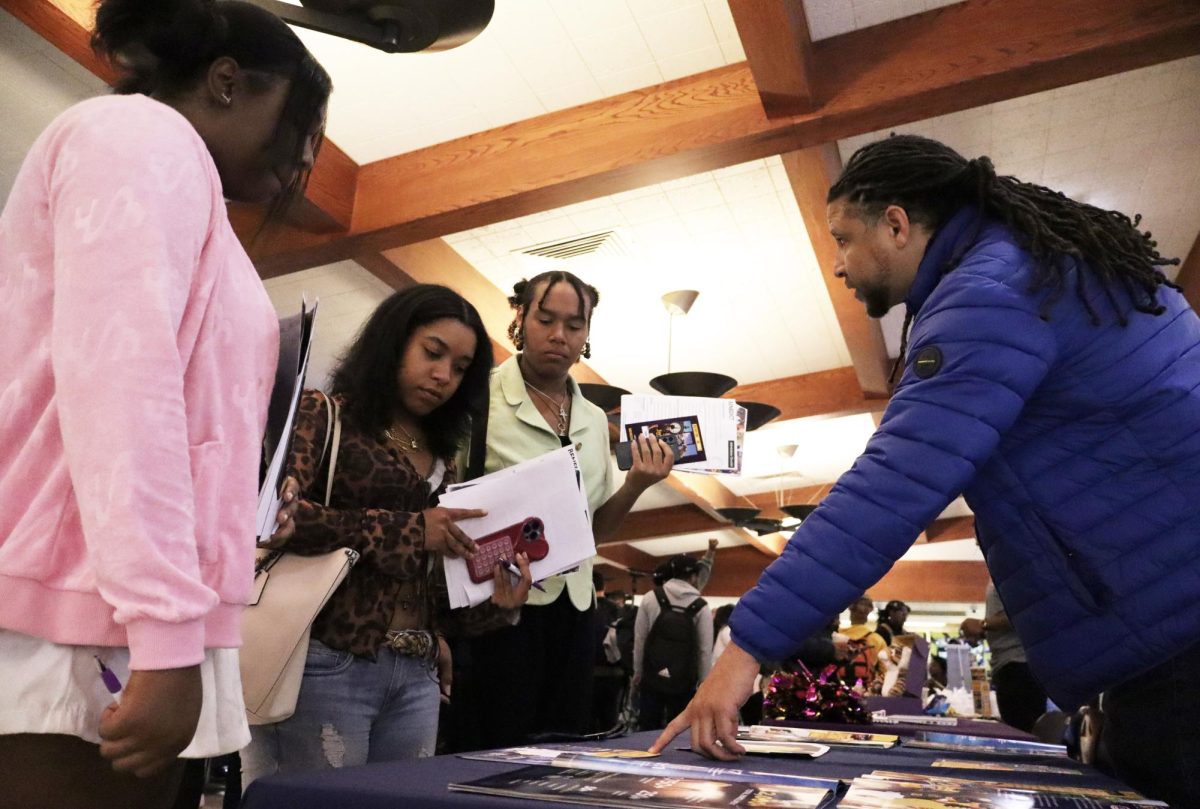
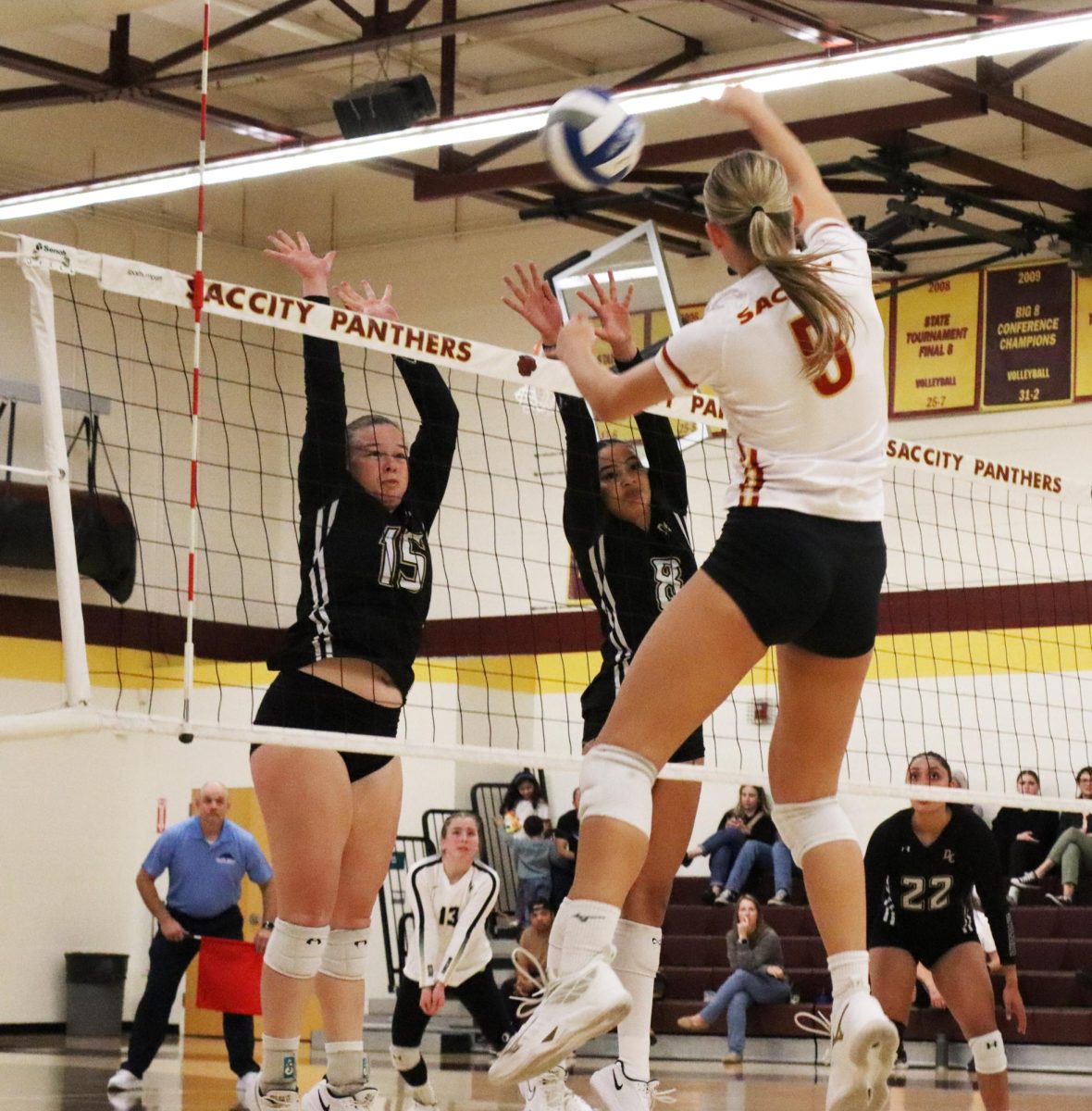

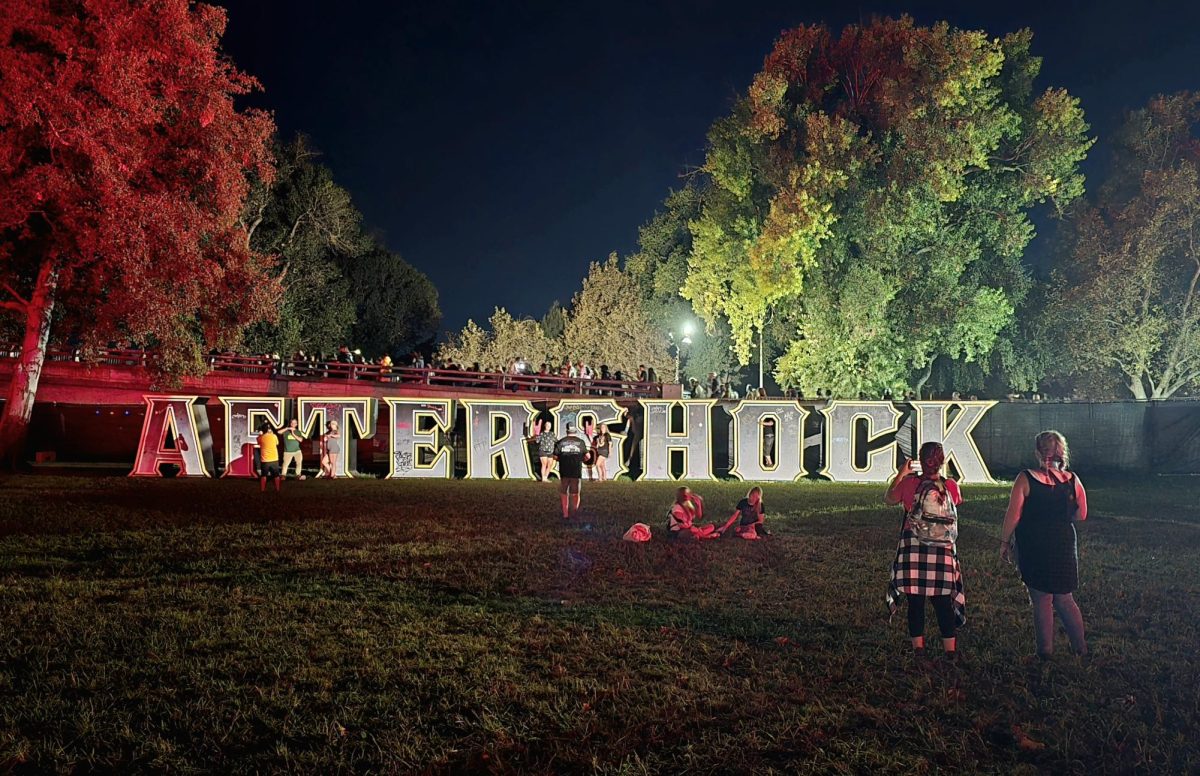




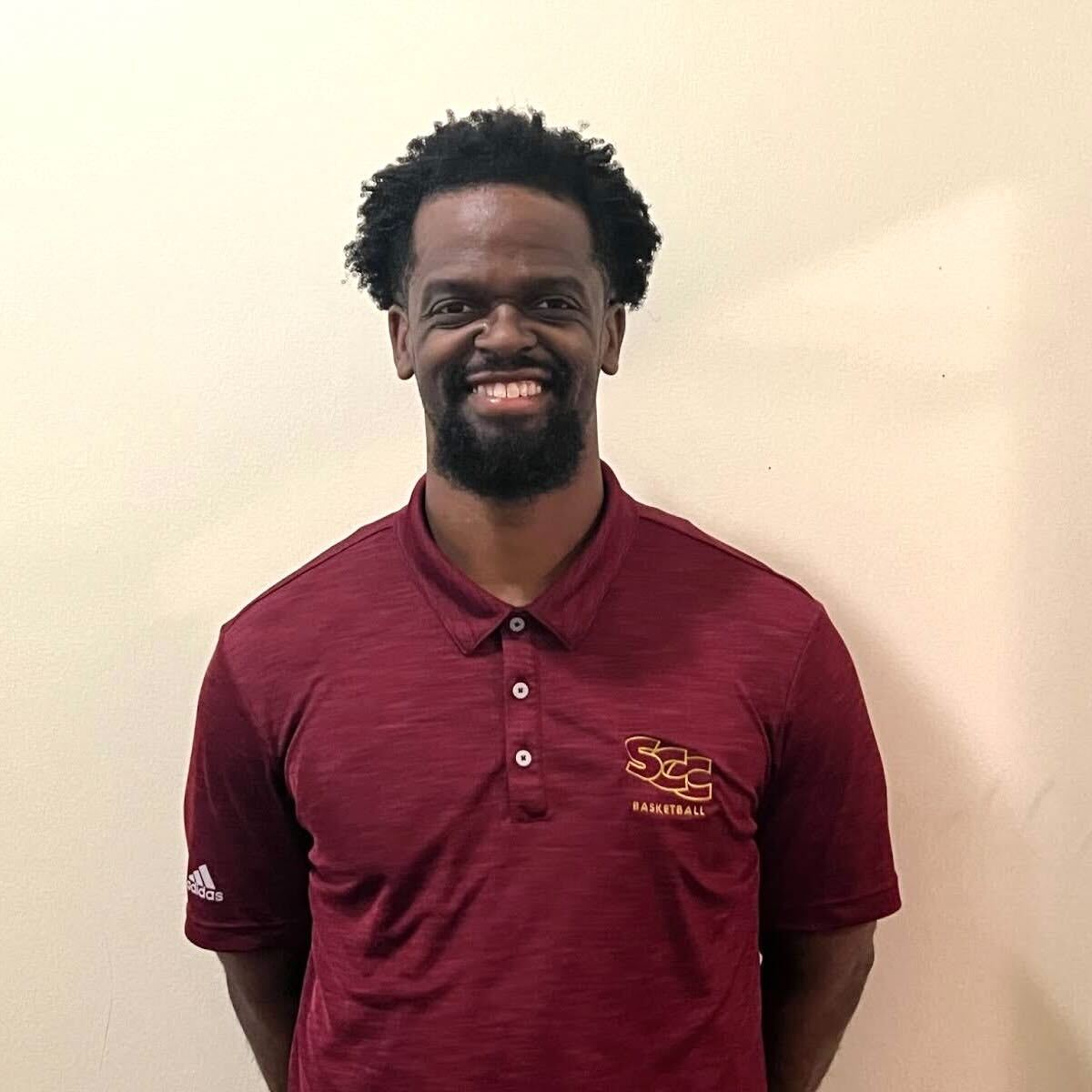

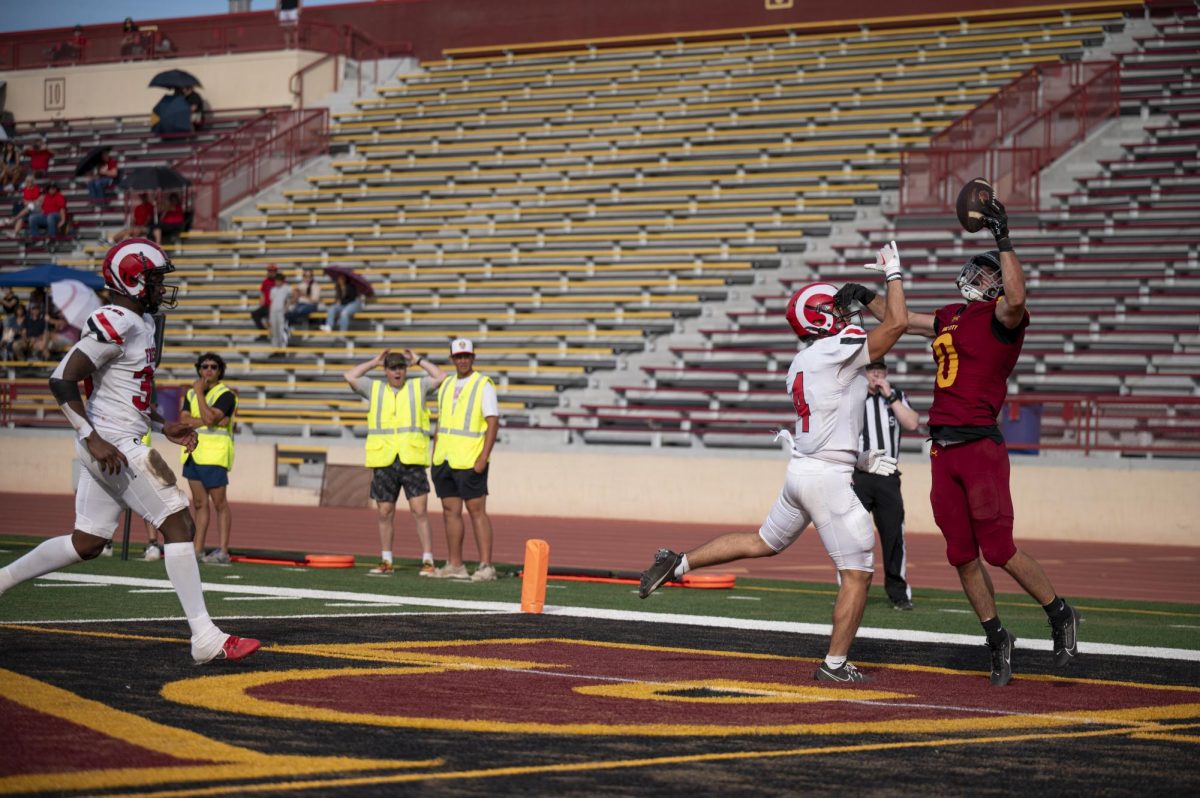
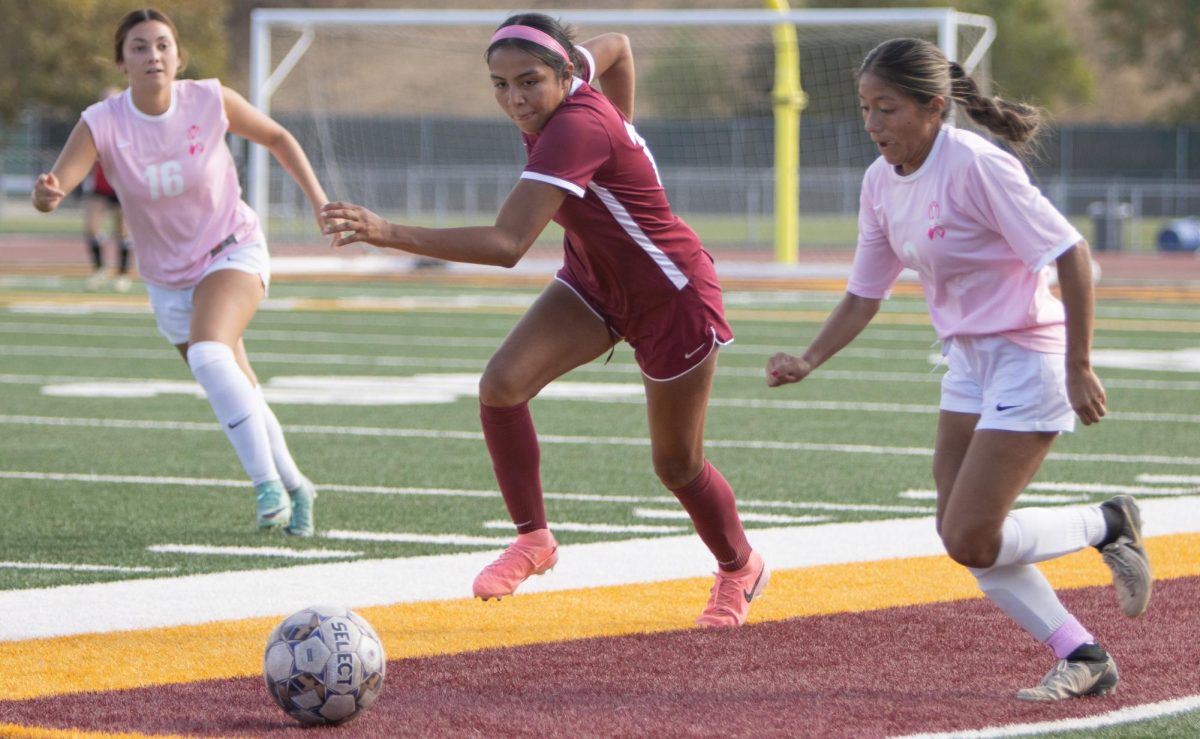


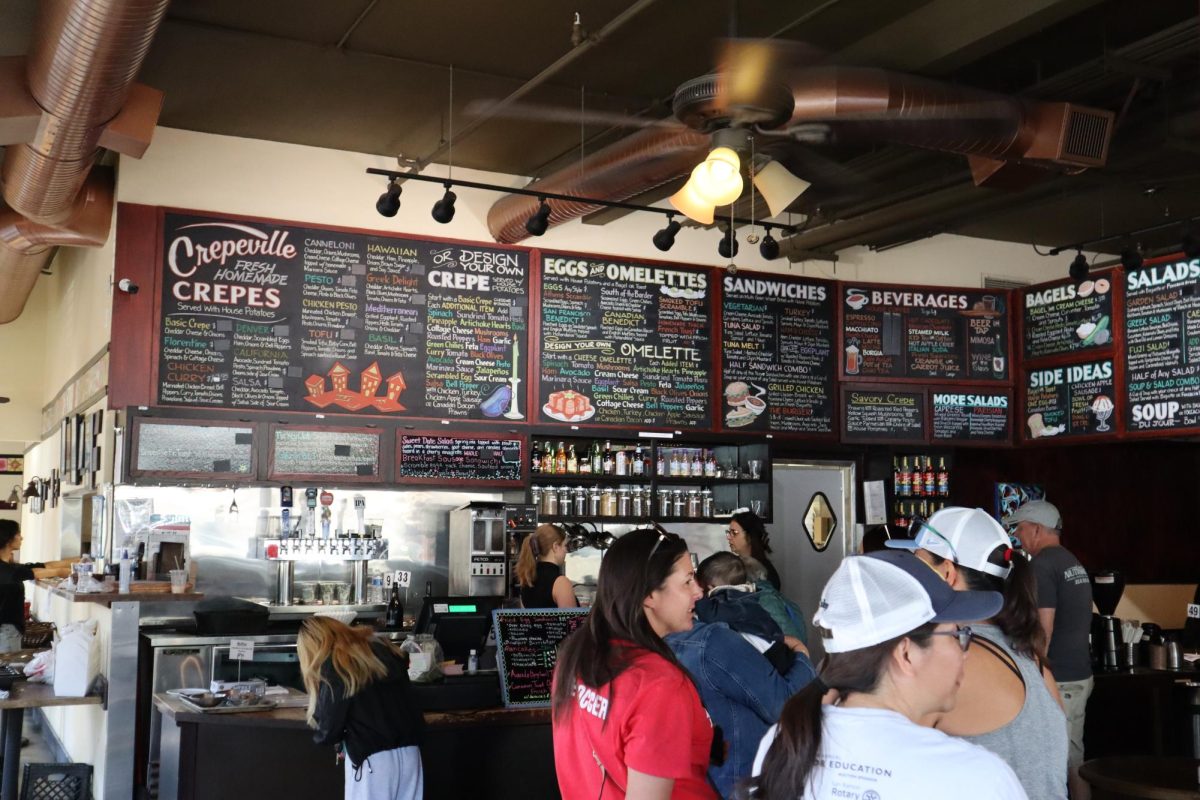
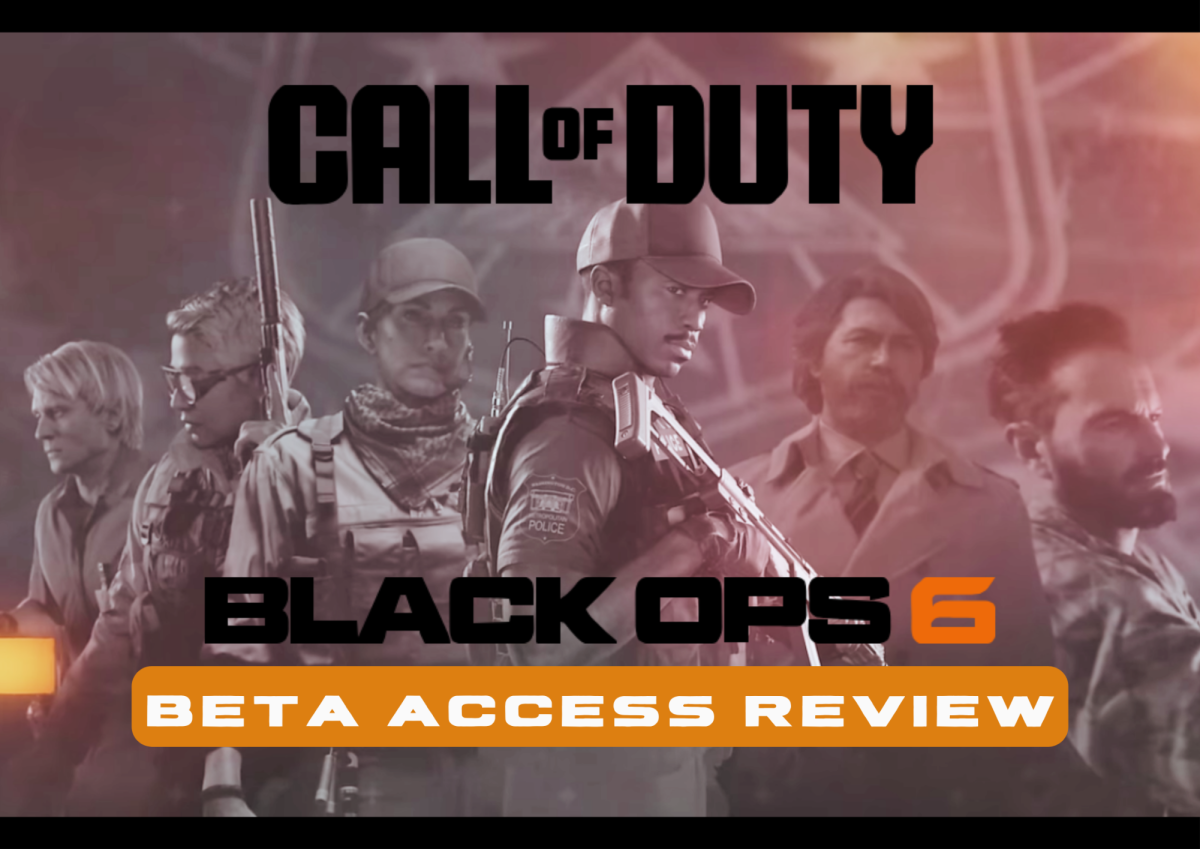
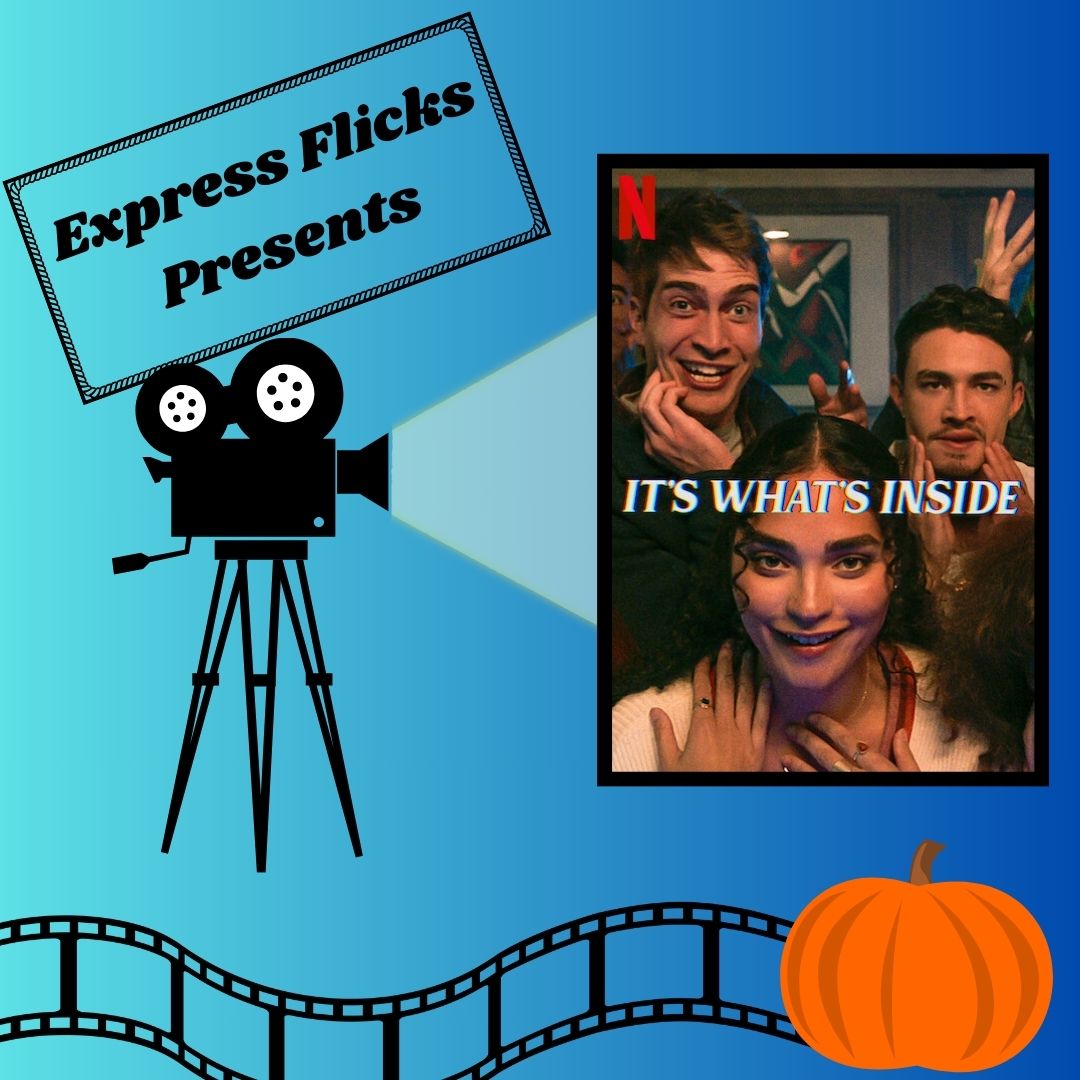
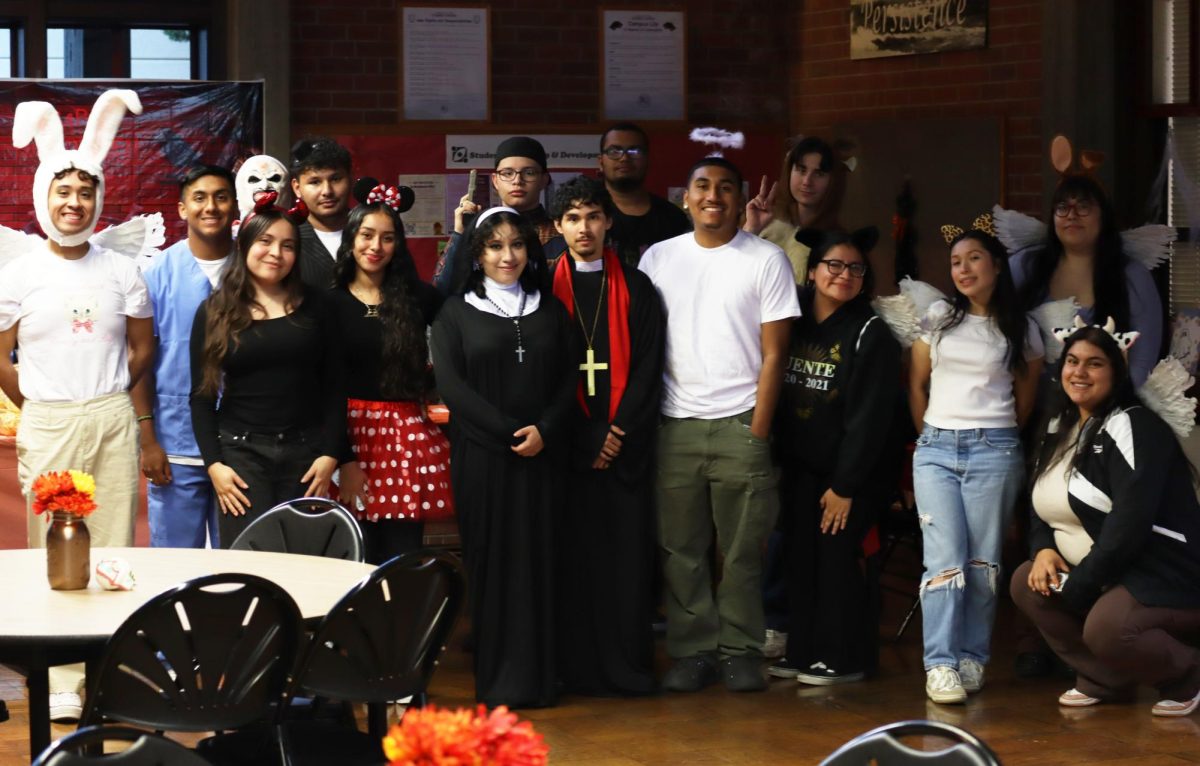
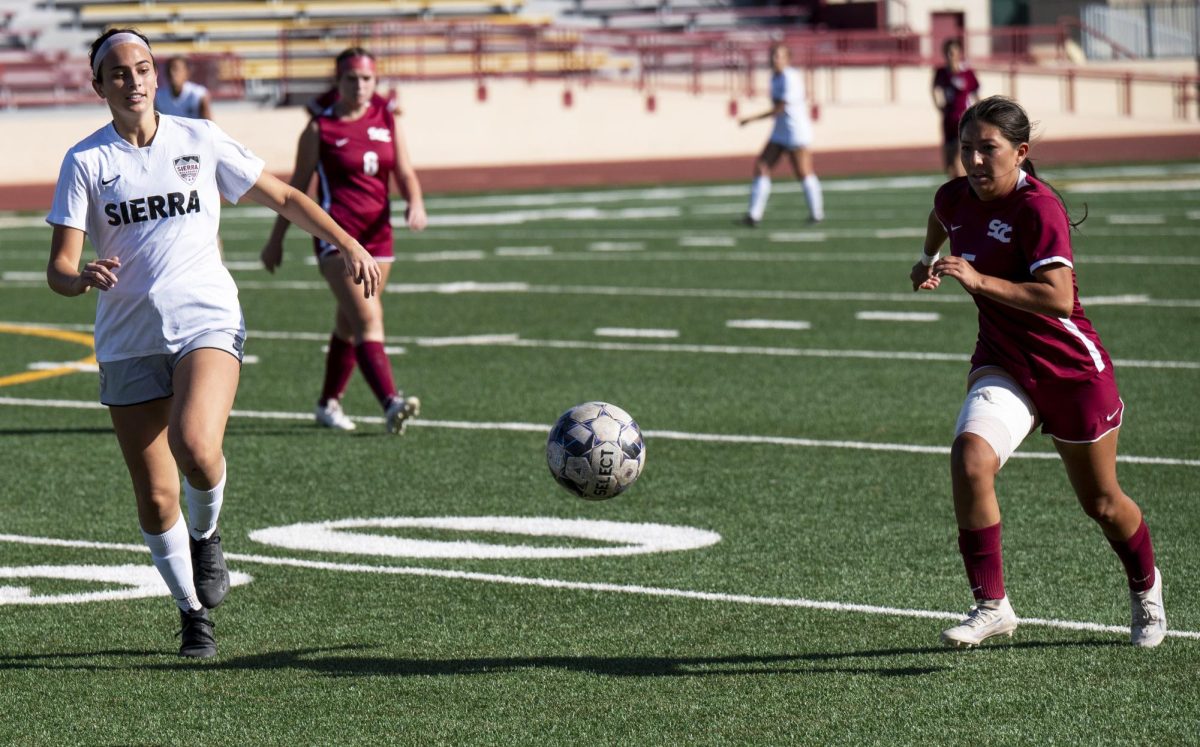


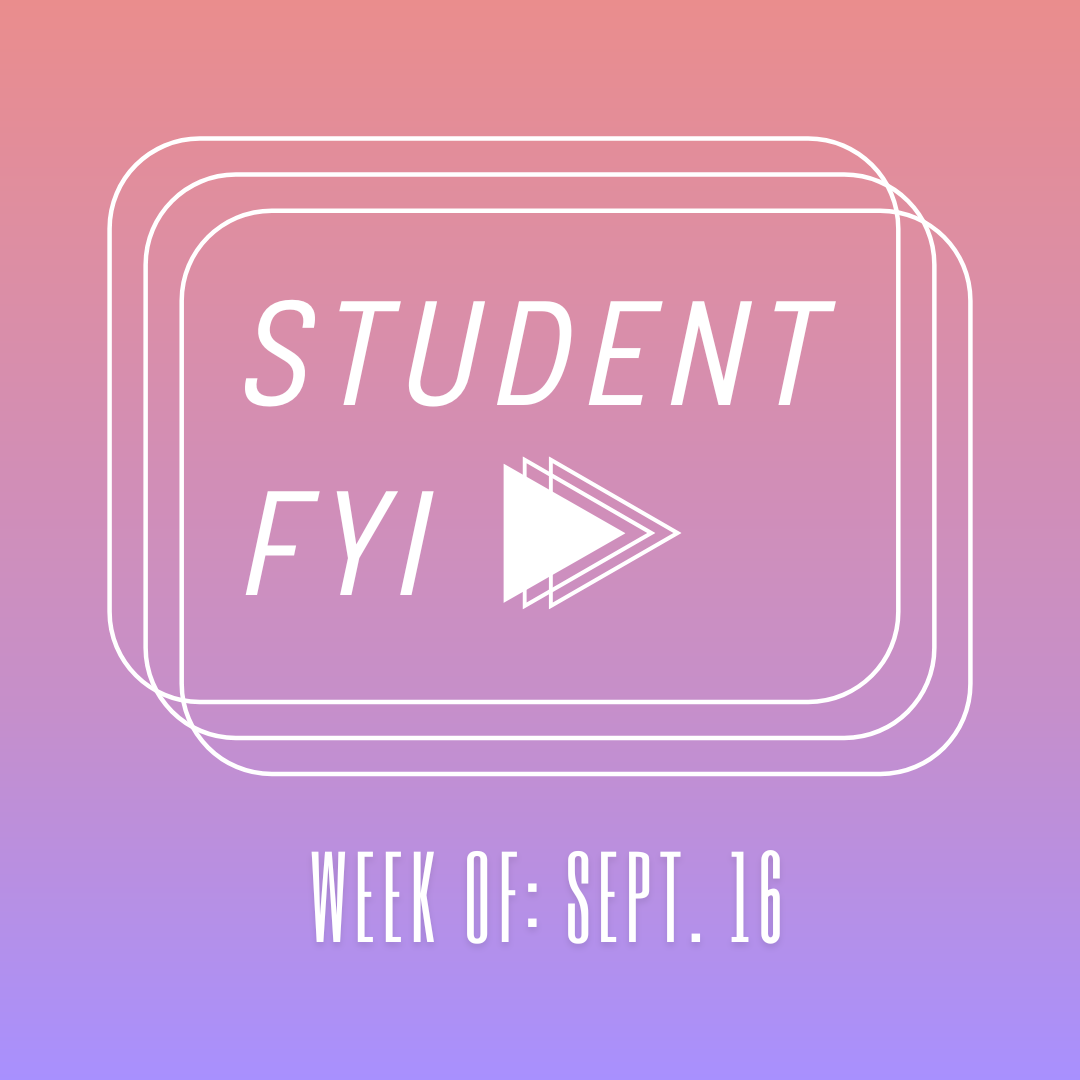
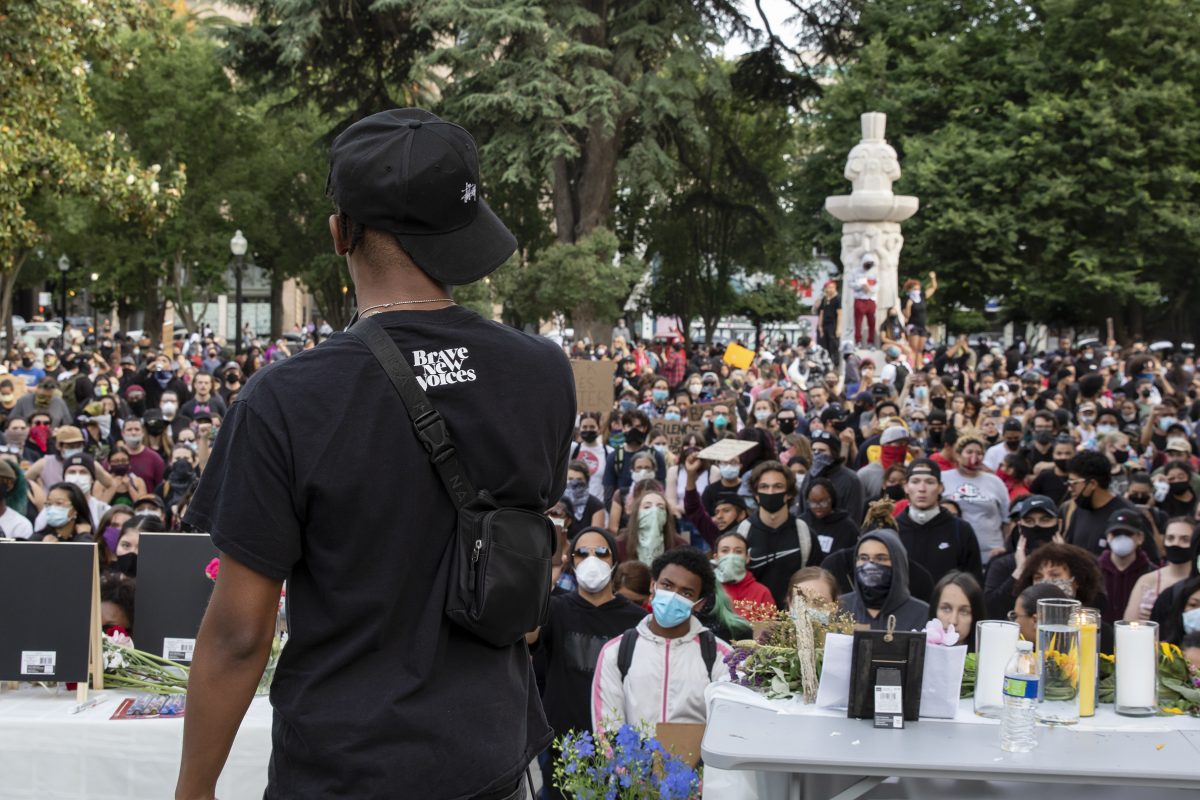
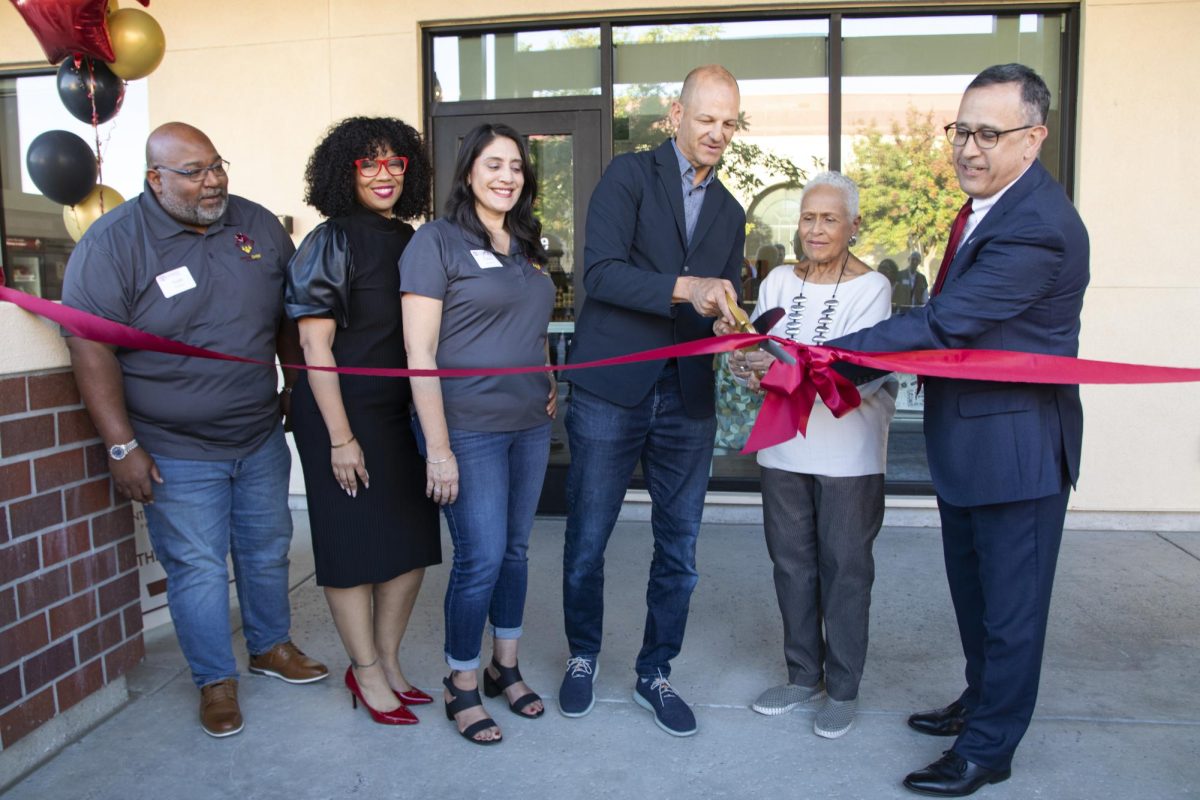
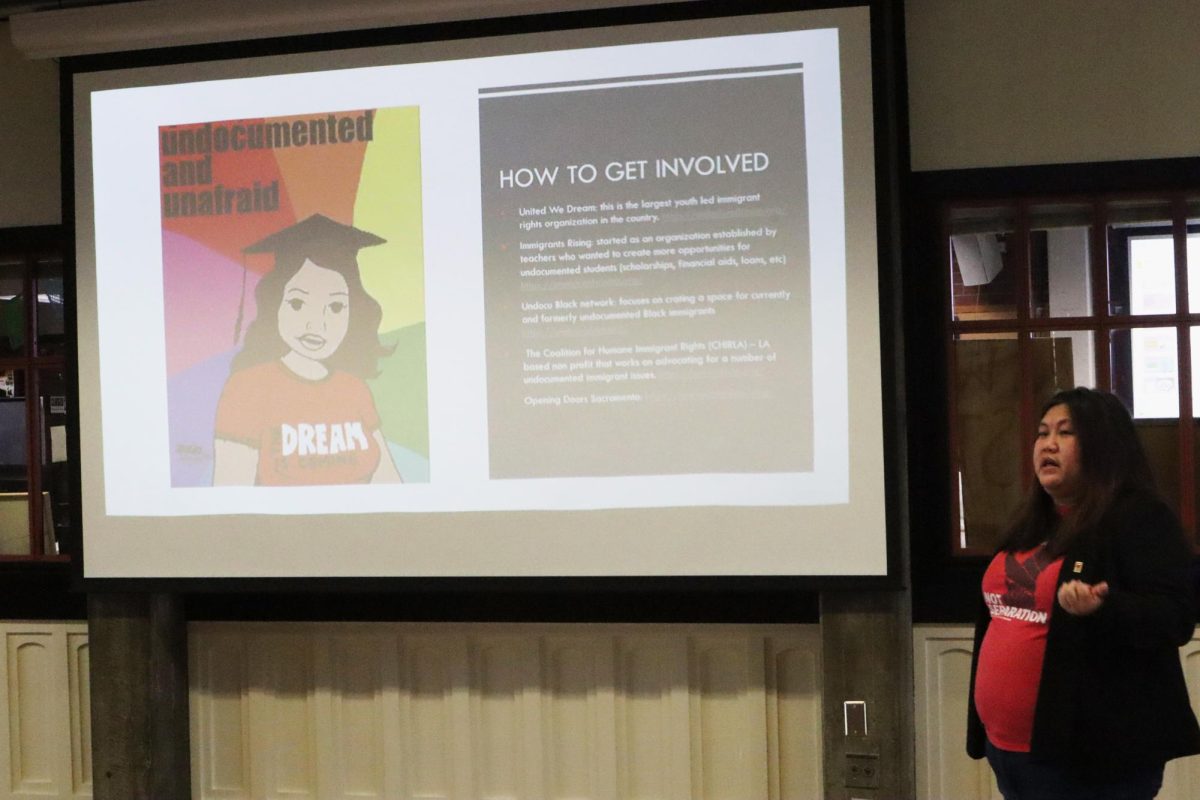
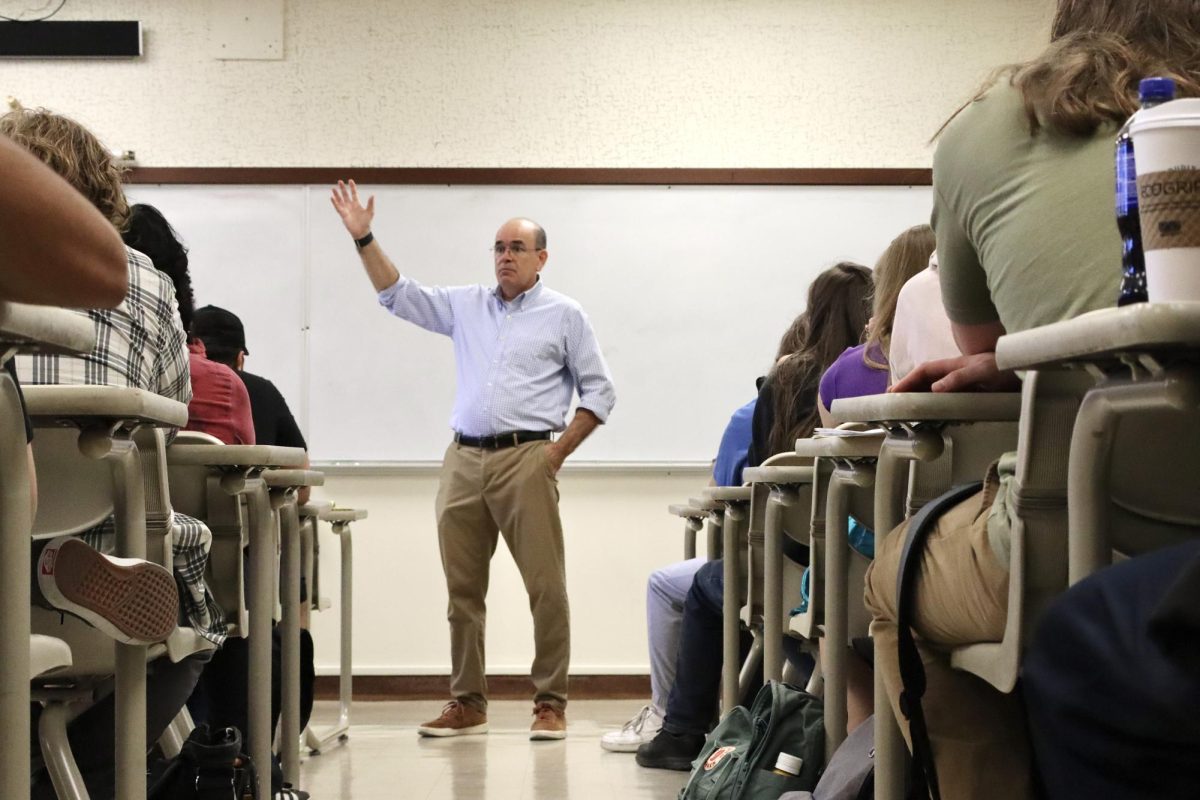
Zephne Ferreira • Jun 7, 2020 at 3:46 pm
Very well written. Thank you for sharing your experiences and emotions in such a touching manner.